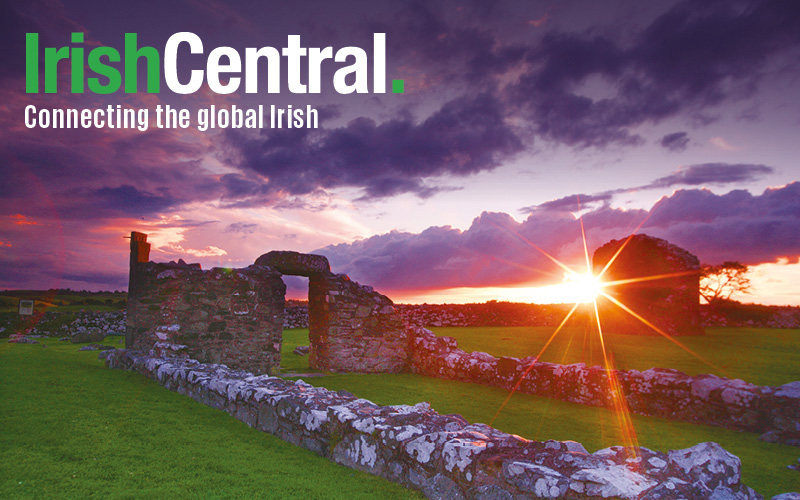Valuable archival material, previously thought to have been lost or destroyed during the late 19th century has been rediscovered and re-accessioned to Clare County Archives. The books, mainly statistical information on the financial administration and maintenance of the workhouses under their control, including details of the workhouse population
The Board of Guardian Minute Books from Kilrush Union date between 1877 and 1890. Clare County Archives says the new information will allow further research and the ability to make a comprehensive and complete history of the records relating to Kilrush Union, which was declared in 1839.
Kilrush is recognized nationally as one of the locations worst affected by starvation, disease and emigration during the mid to late 19th century.
The discovery of the archival material was made at Clare Heritage and Genealogy Centre in Corofin.
"We would like to thank Antoinette O’Bryen, Manager of the Centre, for making contact with us about this unexpected discovery, which is of great significance to the archival collection of Kilrush Union," commented Rene Franklin, Clare County Archivist.
Franklin noted that the newly discovered records provide a social and economic snapshot of conditions in the West Clare area at the time.
Read more: A day in the life of a Dublin workhouse
"The workhouse was introduced into Ireland in 1838 by the British government which saw the system as the most cost effective way of tackling the desperate state of poverty in Ireland. Conditions of entry into the workhouse were strict and entry was seen as the very last resort of a destitute person," she said.
"The Boards of Guardians were obliged to maintain a large variety of records, which were closely inspected by the Poor Law Commissioners. Although a multitude of records once existed for each union it is predominantly minute books that have survived therefore making the discovery of these minutes even more valuable," said Franklin.
From 1850 the Kilrush Union was reduced by the creation of the Killadysert Union but the number of electoral divisions increased. Its electoral divisions included Cahermurphy, Cloonadrum, Clooncoorha, Cooraclare, Creagh, Doonbeg, Drumellihy, Einagh, Glenmore, Kilballyowen, Kilkee, Killard, Killimer, Kilmihil, Kilmurry, Kilrush, Knock, Knocknaboley, Knocknagore, Moveen, Moyrta, Mullagh, Querrin, Rahona, St. Martin’s, Tullig and Tullycreen.
Its workhouse was completed in 1841 at a total cost of £8,150, to accommodate 800 persons.
The minutes contain mainly statistical information on the financial administration and maintenance of the workhouses under their control; includes details of the workhouse population under the following subheadings, the numbers remaining in, inmates admitted during the week, those discharged or the number that had died-subdivided into able bodied males and female, aged and infirm persons and adults above 15 years of age but not working, boys and girls above nine and under 15 years of age, children above 5 and under 9 years of age, infants under two years of age, with the total remaining on the said date under each heading, with a return of the number of ‘sick and lunatics.’ Later minutes include a return of destitute persons relieved out of the workhouse,
Minutes of the proceedings include a list of attending Guardians, notices of marriage, confirmation of numbers in the workhouse register, financial reports on payments and receipts and the balance in the account, details of rates collected from cess payers listing the rate payer’s name, electoral division, the amount collected and amount remaining; a report from the clerk detailing the cost of provisions and necessaries during the week, the general average cost of an inmate, the average cost in the infirmary and in the Fever Hospital, orders for provisions details of the clothing account, and establishment account, workhouse invoice account, outdoor relief invoice account.
Once their condition has been assessed, the volumes will be made available to researchers through Clare Local Studies Centre by contacting the archivist on [email protected].
Read more: 4,000 women from workhouses in Ireland became Australian pioneers
*Originally published in October 2015.




Comments